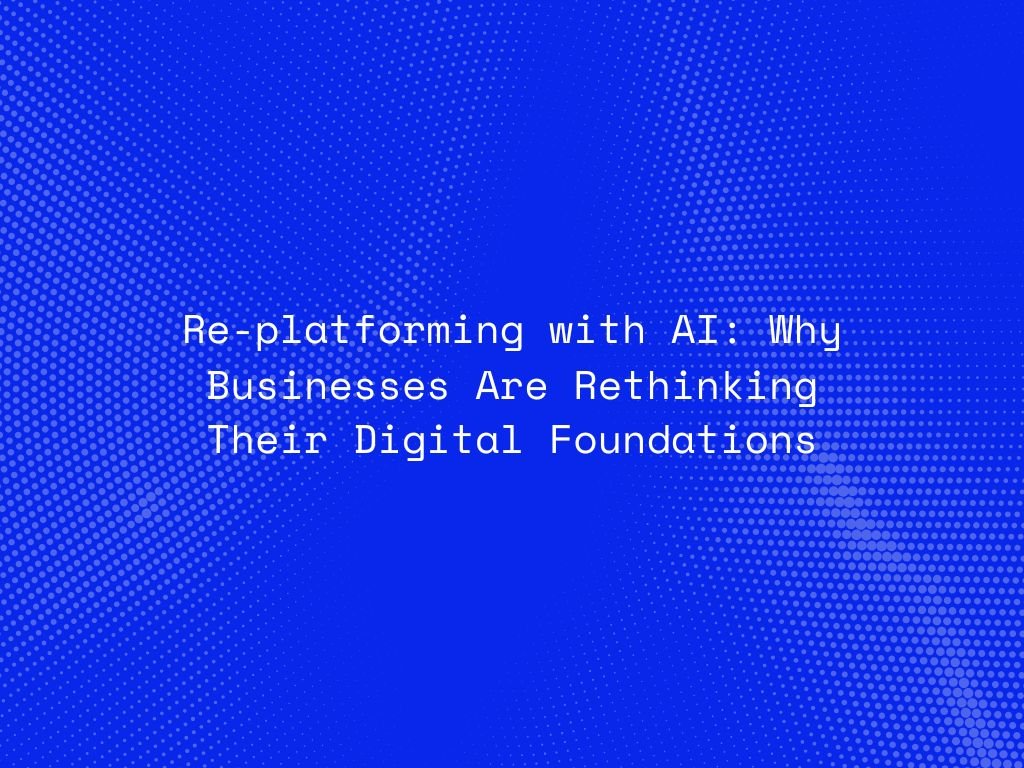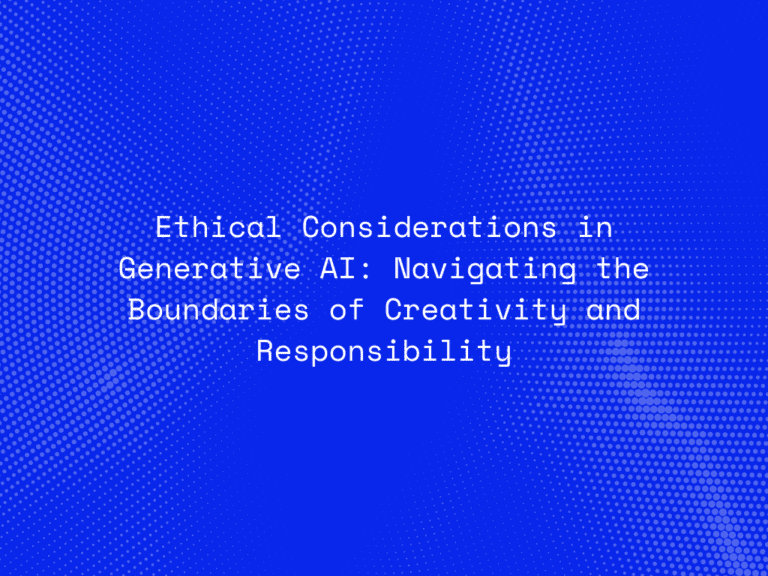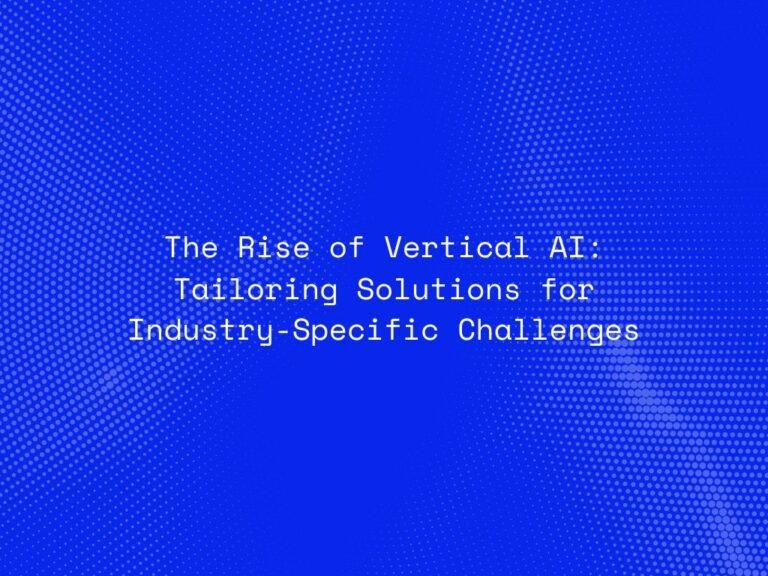The global business landscape is undergoing a massive digital shift. In 2025, “re-platforming” isn’t just about upgrading software or migrating data — it’s about rethinking the very foundation of a company’s technology infrastructure. At the heart of this transformation is Artificial Intelligence (AI), which is no longer a bolt-on feature but the central driver of operational efficiency, innovation, and competitiveness.
For many enterprises, re-platforming is not simply an IT project — it’s a strategic business decision. Companies are dismantling legacy systems and rebuilding their tech foundations with AI at the core, ensuring agility, scalability, and adaptability in a fast-changing market.
Why Re-Platforming Has Become a Business Imperative
1. The Weight of Legacy Systems
Legacy platforms are costly to maintain, difficult to scale, and resistant to modern integrations. They were designed for a different era — one with predictable market dynamics, slower decision cycles, and minimal automation. In 2025, these systems struggle to keep up with:
-
Real-time data processing needs
-
Cloud-native integrations
-
AI-driven decision-making
-
Customer expectations for instant responses
Re-platforming with AI addresses these issues by creating infrastructures capable of processing vast amounts of data, learning from it, and adapting in real-time.
2. AI as the New Operating System of Business
When businesses re-platform today, they’re not just swapping one technology stack for another — they’re shifting to an AI-first operating model. This means:
-
Predictive insights replace historical reporting.
-
Automated workflows reduce human error and operational delays.
-
Adaptive systems learn continuously from new data to improve performance.
In other words, AI is no longer an application you integrate — it’s the digital nervous system of the enterprise.
3. Speed, Scalability, and Personalization at Once
In traditional systems, you had to choose between speed, scalability, or personalization. AI-powered platforms enable all three simultaneously:
-
Speed: Real-time analytics and decision-making.
-
Scalability: Elastic infrastructure that grows with business needs.
-
Personalization: Tailored user experiences for customers, partners, and employees.
For example, AI-driven recommendation engines in e-commerce platforms can process millions of transactions per second while still delivering highly personalized suggestions.
The Role of AI in Modern Re-Platforming Strategies
1. Cloud-Native AI Integration
Re-platforming often involves moving to cloud-native architectures that allow AI models to be deployed, updated, and scaled quickly. This shift reduces costs, improves accessibility, and ensures continuous improvement.
2. Automated Data Pipelines
AI thrives on data, but managing that data manually is inefficient. Modern AI-driven platforms automate:
-
Data collection
-
Data cleansing
-
Data labeling
-
Real-time streaming into analytical models
This ensures decisions are based on the most accurate and up-to-date information possible.
3. Embedded Intelligence in Business Processes
AI is no longer a separate analytics department — it’s embedded directly into the tools employees use daily. Examples include:
-
CRM systems with predictive lead scoring
-
ERP platforms with automated inventory optimization
-
HR systems with AI-powered talent matching
Industries Leading the AI Re-Platforming Wave
-
Retail: Moving from batch processing to AI-driven real-time demand forecasting.
-
Finance: Implementing AI models for fraud detection and risk assessment within core banking systems.
-
Healthcare: Integrating AI diagnostics directly into patient management systems.
-
Manufacturing: Deploying AI for predictive maintenance and supply chain optimization.
Challenges and Considerations
While the benefits are substantial, AI re-platforming isn’t without challenges:
-
Data Quality & Governance: AI is only as good as the data it’s trained on.
-
Change Management: Employees need to adapt to AI-driven workflows.
-
Cost & ROI: Initial investments can be high, requiring clear KPIs to measure impact.
-
Ethics & Compliance: AI must be implemented responsibly to avoid bias and ensure regulatory compliance.
The Future of AI-Powered Platforms
By 2030, most enterprises will operate on AI-native platforms where:
-
Core business decisions are machine-assisted.
-
Systems self-optimize with minimal human intervention.
-
Customer experiences are hyper-personalized in real time.
This isn’t just a technological shift — it’s a reinvention of how businesses operate at their core.
Conclusion
Re-platforming with AI is more than a tech upgrade — it’s a business transformation. Companies that embrace AI as the foundation of their digital infrastructure will enjoy faster decision-making, greater adaptability, and stronger market positions. Those who hesitate risk falling behind in an increasingly AI-driven economy.
In 2025, the question isn’t “Should we re-platform with AI?” — it’s “How soon can we start?”




